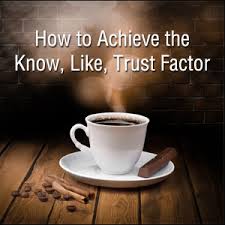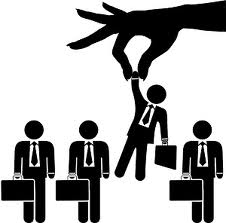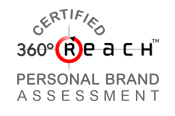
You are growing fast, maybe faster than those around you. As you look forward to your next position the terrain looks a bit bumpy.
You know that speed over rough terrain can be very dangerous. One wrong turn could flip you on your head, cause a spin-out or worse.
This is the time to understand the terrain. Look around, listen, and assess what your fine-tuned instincts and intuition are telling you about the terrain. It is time to cut the clutter and step forward with intention.
One of the first steps is to carefully pause and look at your own energy, the energy within your organization, and the energy of your current industry. When you are growing fast and taking care of day-to-day business, reflective pauses are necessary to avoid missteps and to get an accurate read on your surroundings.
Next, be sure you are ready for and open to the opportunities around you. Have those key heart-to-heart conversations with your boss. Ask if he/she is happy with your leadership, direction and results. Ensure you are aligned with your boss, the organization’s direction and achieving results at the expected pace.
Then, ask about the future and where your boss views you in six months and two years. You may be looking to make a move outside the organization or industry, that is fine. No matter your direction, you need to know how others view you and the actions/results they expect you to achieve. Not understanding your boss’ expectations creates a blind spot. Blind spots can be deadly as you speed over rough terrain.
Finally, create a process for yourself (and one that your boss will appreciate) to follow up, check in, and communicate what you are doing and your results. Most people believe others know about your actions and results — it is the old “actions speak louder than other words.” Allowing your actions to speak for themselves might have worked in 1950, but now it a sure way to be out-of-sight, out-of-mind.
Ditch the “I refuse to brag about or tout my results” mindset. If you want to get promoted and earn what you are worth, help others know and understand the value of your results. Life and work are busy, helping people keep up-to-date also helps others navigate the terrain ahead and is viewed as a valuable service.
Navigating the road ahead is not just about you and what you want. It is also about helping others get what they want. An intentional path with a specific, well executed plan accelerates your journey over the roughest terrain and helps you avoid an out-of-control spin.
Do you have a question about navigating your next promotion? Post your question below or contact me directly.

 Events can be fun and uplifting -or- they can be dull and a drag. This week I am attending a multi-day national conference. To fully enjoy the event and achieve great ROI I need to do some planning and identify ways to keep my energy high.
Events can be fun and uplifting -or- they can be dull and a drag. This week I am attending a multi-day national conference. To fully enjoy the event and achieve great ROI I need to do some planning and identify ways to keep my energy high. Do you remember how enthusiastic and excited you were after your first interview? I hope so. You will need to continue to share that level of interest with the hiring manager as the process continues.
Do you remember how enthusiastic and excited you were after your first interview? I hope so. You will need to continue to share that level of interest with the hiring manager as the process continues. “Every new beginning comes from some other beginning’s end.” ~ Seneca
“Every new beginning comes from some other beginning’s end.” ~ Seneca






